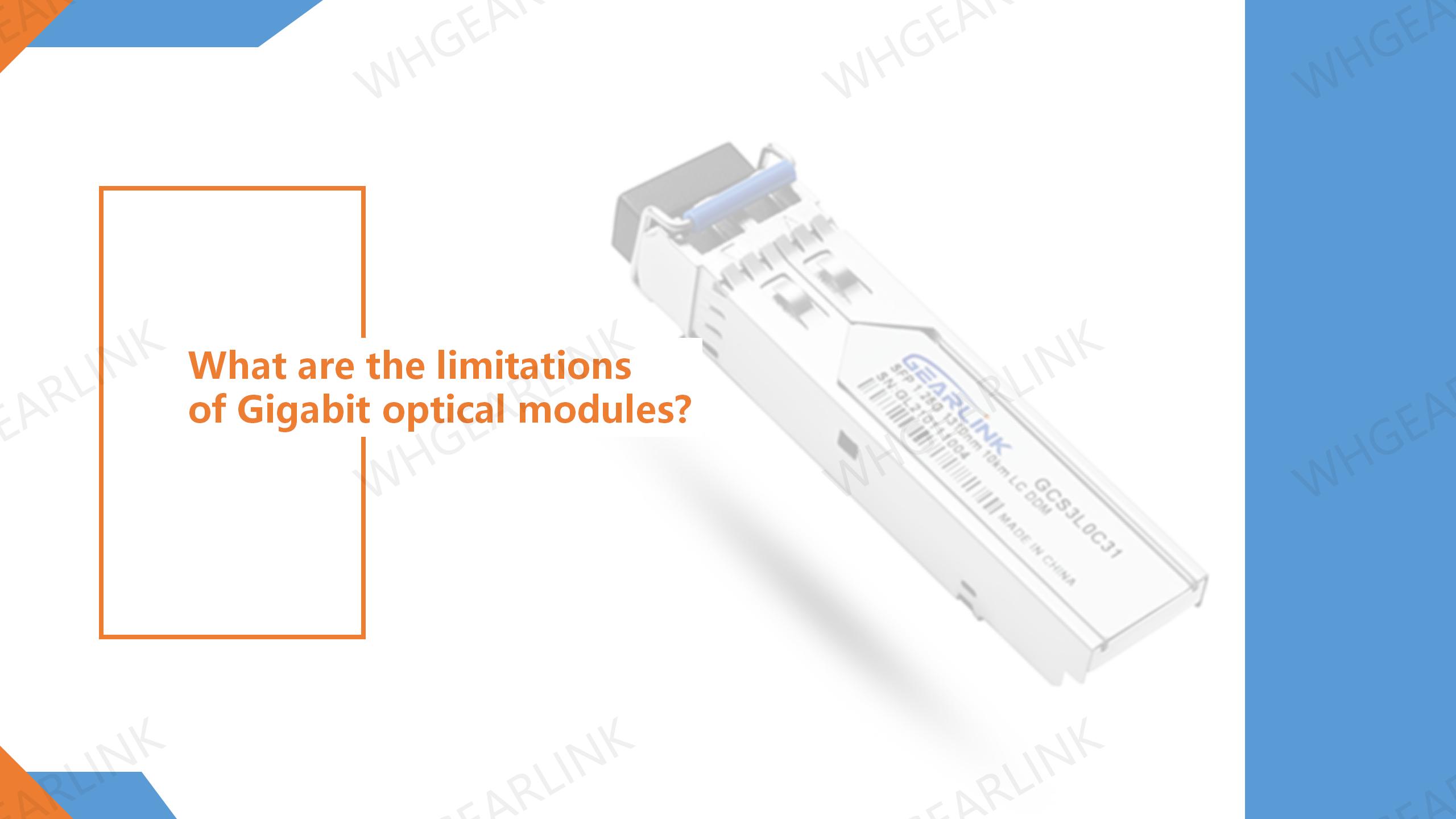Gigabit optical transceivers, as a commonly used accessory in network equipment, may have an impact on network transmission speed and signal reception due to their limitations in practical applications. This article will discuss the limitations of Gigabit optical transceivers and provide some possible solutions.
Gigabit optical transceivers are currently one of the most widely used optical transceivers, which can achieve a transmission speed of 1Gbps. With the advancement of technology and the diversity of application scenarios, gigabit optical transceivers are also facing more and more challenges due to their inherent limitations. The following is a discussion of the limitations of Gigabit transceivers and how to overcome them:
The gigabit optical transceiver can achieve a maximum transmission distance of 120km, and the power consumption is very low. Generally speaking, it is cost-effective and has superior performance. The limitations of gigabit optical transceivers are mainly reflected in the transmission rate.
With the popularization of data centers, cloud computing and artificial intelligence, the demand for network bandwidth has increased sharply, and the speed of gigabit optical transceivers can only reach 1 Gbps, which cannot meet the high bandwidth demand. There are also widespread applications of 5G and the Internet of Things that require more bandwidth and higher speeds. Gigabit optical transceivers are also difficult to meet these requirements.
In order to overcome the limitations of Gigabit optical transceivers, it is necessary to use higher speed, higher bandwidth and more efficient optical transceivers, such as: 10G optical transceivers, 40G, 100G, 400G optical transceivers, etc. These optical transceivers can meet the needs of high-speed data transmission, Internet of Things, 5G and other applications. At the same time, the widespread adoption and popularization of industrial standardization has also made the price of higher-speed optical transceivers closer and closer to gigabit optical transceivers, gradually becoming a more common and feasible choice.
To sum up, although the gigabit optical transceiver has its applications and advantages, its limitations will gradually be revealed with the continuous advancement of technology and the continuous expansion of application scenarios. Therefore, higher speed, higher bandwidth and more efficient optical transceivers are required to meet the ever-increasing demands.


